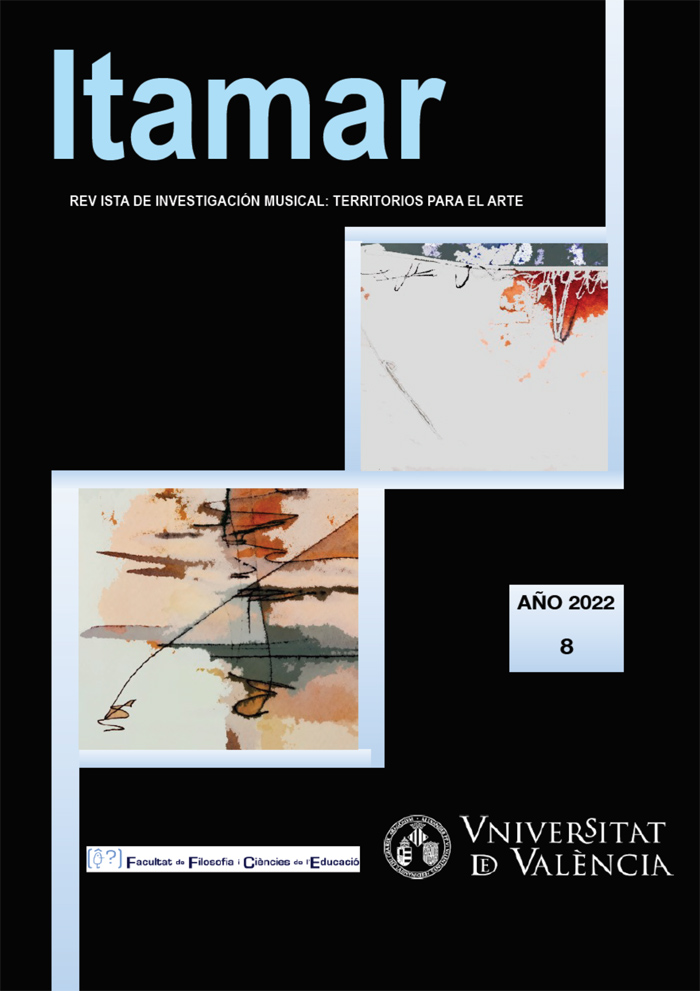Pina Bausch and the Dancing Body: Social Constructionism and Identity in Nelken, The Rite of Spring and Kontakthof
DOI:
https://doi.org/10.7203/itamar.8.24812 Abstract
Abstract
This article aims to consider the social construct of the dancing body and its role in the building of identity focusing primarily on the female dancing body as exercised in the seminal works of Nelken, The Rite of Spring and Kontakthof by the German expressionist choreographer Pina Bausch. The phenomenological discourse in these works ‘embody the social and cultural
dynamics in which they are generated’1, making of them unique performative experiences. In these pieces of tanztheater, the characters embodied in the dancing bodies on stage are both, universal and anonymous, and the stories they tell are about human connexions and their consequences in a defined sphere. In these fundamental choreographies by Pina Bausch our perception of dance art leads to a response that goes beyond aesthetic dispositions and forces the spectator into an explorative interdisciplinary journey of self-discovery. As Pina Bausch herself said, ‘it is not about how people moves, but what moves them’ (Pina Bausch in Bringshaw, 2009).
 Downloads
Downloads
Download data is not yet available.
Downloads
Published
2022-07-08
How to Cite
Celda Real, O. (2022). Pina Bausch and the Dancing Body: Social Constructionism and Identity in Nelken, The Rite of Spring and Kontakthof. Itamar. Revista De investigación Musical: Territorios Para El Arte, (8), 22–35. https://doi.org/10.7203/itamar.8.24812
Metrics
Views/Downloads
-
Abstract809
-
PDF (Español)967
Issue
Section
Artículos
License
![]()
ITAMAR is distributed under a license Creative Commons Atribución-NoComercial-CompartirIgual 4.0 Internacional.



